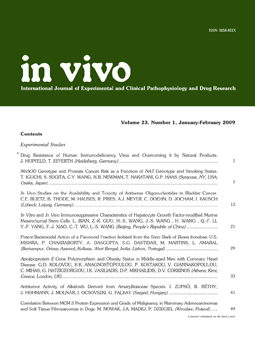Biomedical Textiles: Poly-Med Research Published in Current Issue of In Vivo Journal
Development of Critical-size Abdominal Defects in a Rabbit Model to Mimic Mature Ventral Hernias
Abstract: Background/Aim: Mesh hernioplasty is one of the most frequently performed procedures in the United States. Abdominal rigidity and chronic inflammation, among other factors, contribute to long-term complications including chronic pain, abdominal wall stiffness and fibrosis.
Acute models do not replicate the chronic environment associated with most hernias, limiting the ability to improve products. The present study details development of a critical-size defect in rabbit abdominal wall for maturation into a chronic hernia to enable analysis of hernia repair devices in a realistic environment.
Materials and Methods: New Zealand White Rabbits were used to assess defect creation and mature hernia development through a period of 21-35 days.
Results and Conclusion: Through this study, a critical-size defect was developed based on 3-cm full-thickness incision through musculature and peritoneum followed by simple skin closure and wound maturation, which was identified as a reliable procedure for creating defects presenting typical aspects of mature hernias including hernia ring and adhesions.
Authors: Georgios Hilas, Michael Scott Taylor and Joel Corbett
For the complete article, visit http://iv.iiarjournals.org/




Leave a Reply
Want to join the discussion?Feel free to contribute!